Does anyone know of a program (free would be nice) that will successfully moving an installed application from one disk partition to a different one on the same hard drive? I am running out of space in one partition (C = 4% free) and I would like to move some applications without a de-install/re-install.
Thanks,
– Al


